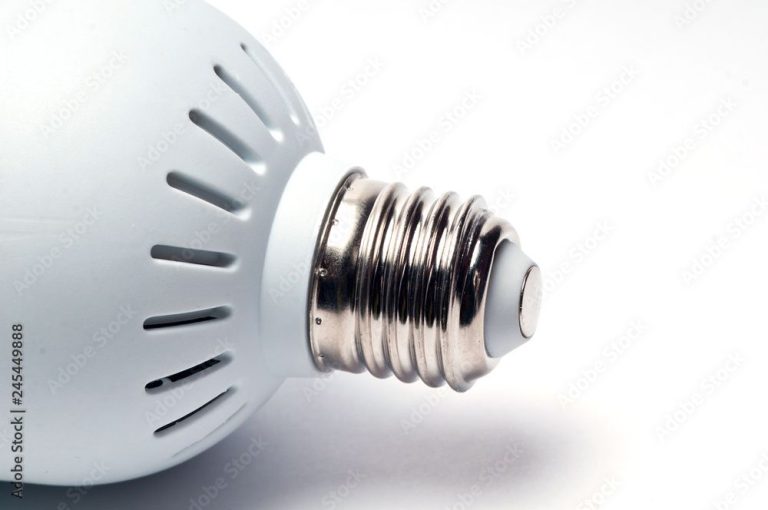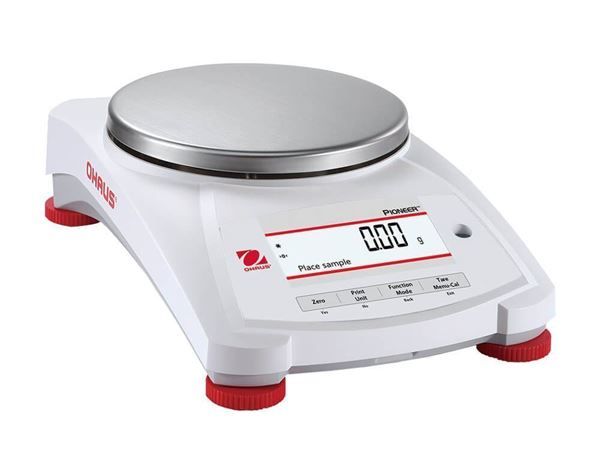How Do You Attach A Torch To A Propane Tank?
Safety Precautions
Propane can be dangerous if not handled properly, so it’s important to take safety precautions when using a propane torch. Wearing protective gear like gloves and goggles is highly recommended. According to the Occupational Safety and Health Administration (OSHA), there were around 4,000 propane grill-related incidents per year between 2002 and 2014, resulting in an average of 3 fatalities per year (OSHA).
Always work in a well-ventilated area away from flammable materials when using a propane torch. Propane is highly flammable, so any leaks or spills can lead to fire if ignition sources are present. It’s critical to prevent accumulation of gas. Bernzomatic recommends keeping hand torches upright during use to avoid flare-ups or flashes (Bernzomatic).
After attaching the torch, it’s essential to check for leaks. Apply a leak detector solution or soapy water around the connections and look for bubbles. Tighten any leaking connections before proceeding. Also confirm that all connections are snug before igniting the torch. Taking these precautions will help ensure safe operation.
Assemble Supplies
Before getting started, you’ll need the proper supplies to safely connect a torch to a propane tank. Key supplies include:
- Propane torch with trigger start ignition – Choose a torch designed for propane fuel with a built-in ignition source for ease of lighting. Models like the Bernzomatic TS8000 are common.
- Hose and regulator specific to torch model – Use the manufacturer recommended hose and adjustable gas regulator to connect the torch to the propane tank. Using incompatible parts can be dangerous.
- Adjustable wrench – An adjustable wrench allows you to securely tighten connections between the hose, regulator, and tank.
- Leak detection spray or soapy water – Used after assembly to check for any gas leaks before lighting the torch. Bubbles will indicate a leak that needs to be addressed.
Having these supplies ready before starting the assembly process will ensure you have everything needed for a safe and successful propane torch setup.
Identify Tank Type
There are a few common propane tank sizes you may encounter when attaching a torch:
- Standard 20lb grill tank – This is the most common size used for propane torches. It is approximately 18 inches tall and 12 inches in diameter. According to Tank Sizes and Specifications, 20lb tanks are compatible with propane hawk torches.
- Smaller camping-size tank – These are smaller, portable tanks around 12 inches tall that contain less propane. They may work for some torches, but check the torch specifications.
- Larger propane tank for home use – Some propane tanks for residential or commercial use can hold 30lbs, 40lbs or even 60lbs. A 40lb tank is around 24 inches tall. These provide more propane but may be oversized for some torch applications.
Before connecting the torch, take a close look at the tank size, shape and connectors to ensure you have the proper setup.
Inspect Tank
Before attaching the torch, it’s important to inspect the propane tank to ensure it is safe for use. Check the tank expiration date, which is stamped on the collar or top fitting of the tank. Standard propane tanks are certified for 12 years, after which they must be requalified by a licensed agency or taken out of service (Source). Using an expired tank can be extremely dangerous. If your tank is expired, exchange it for a new one or have it requalified before proceeding.
Also check that the tank contains sufficient propane fuel. Gently rock or tip the tank to hear and feel liquid movement inside. The tank should feel around 1/4 full for safe torch use. Do not use the torch with low or empty tanks, which can lead to uncontrolled flames or explosion (Source). Only use the recommended capacity tanks for your torch.
Attach Regulator
To attach the regulator, first confirm that the regulator is compatible with the torch model you are using. The regulator should match the pressure and BTU rating of the torch. Using an incompatible regulator can result in gas leaks or damage to the equipment.
Once you have the right regulator, begin hand tightening the regulator nut onto the tank valve outlet. Get it initially snug by hand. Then use a wrench to finish tightening it an additional 1/4 turn. Be careful not to overtighten the nut, as this can damage the valve or regulator. According to experts, you should turn the nut no more than an additional 1/4 to 1/2 turn with a wrench after hand tightening.
Proper regulator attachment ensures gas flows smoothly and safely from the tank to the torch. Taking care to choose the right regulator model and avoiding overtightening prevents leaks, damage, and other hazards when using your propane torch.
Connect Hose
Before connecting the hose, it’s important to inspect it thoroughly for any cracks, holes, or other damage that could cause leaks. A damaged hose can lead to dangerous propane leaks. Replace any hose that shows signs of wear.
To connect the hose, start by attaching the female end of the hose to the outlet of the propane regulator. This is commonly done by screwing the female hose connector onto the male regulator outlet, with the hose threads matching the regulator threads. Hand tighten the connection by turning the hose connector clockwise.
Once hand tightened, use an adjustable wrench to tighten the hose connector an additional 1/4 turn. This ensures a snug, leak-proof seal. Avoid over tightening, which can damage the regulator or connector.
The hose should now be securely attached to the regulator outlet. Later steps will cover attaching the torch and testing for leaks before use. Always take care when handling propane hoses and connections.
Attach Torch
The next step is attaching the torch to the propane hose. This involves threading the male end of the hose to the inlet fitting on the torch. As described on the Arrow Springs website, “For torches with screw-on connections, simply screw together the fittings of the torch to the fittings of the hose using appropriate open end wrenches.” Arrow Springs’ Tips & Tricks – Connecting Torches.
When connecting, first thread the male hose end by hand into the torch inlet fitting. Once threaded, use an adjustable wrench to tighten about 1/4 turn past hand tight. Take care not to overtighten, usually 1/4 turn with the wrench is sufficient for a secure connection. Again consult your torch manual for specific instructions on properly attaching your model.
Leak Check
After connecting everything, it’s crucial to check for any leaks before lighting the torch. This prevents dangerous gas buildup and potential explosions. Follow these steps:
First, open the propane tank valve slowly. This allows gas to start flowing through the hose and regulator.
Next, apply leak detector spray or soapy water to all connection points between the tank, regulator, hose, and torch. Focus on areas like hose fittings, tank valves, and threaded joints. The soapy water will bubble if there is a leak.
If you see bubbling, there is a leak that needs to be addressed. Go back and tighten any leaky fittings with an adjustable wrench or tightening nut. Do not overtighten. Reapply leak detector and double check.
If leaks persist, do not use the torch. Bring parts in for replacement or repair. Only proceed once all connections are bubble-free and you’ve confirmed there are no leaks.
Ignite Torch
Once the propane torch is securely connected to the propane tank, you are ready to ignite it. First, point the torch in a safe direction, away from people, animals, flammable materials or vapors. Be sure you have adequate ventilation in your workspace. Then, slowly open the propane valve on the torch to allow a small stream of propane to flow out. Do not open the valve fully yet.
Next, press the ignition trigger button on the torch. This will create a spark to ignite the propane. You should hear a clicking sound. If the torch does not light on the first try, repeat pressing the ignition trigger until it successfully lights. Once lit, slowly open the propane valve further to adjust the size and intensity of the flame as needed for your application. Be very careful to adjust the flame before bringing the torch close to the work area. The bright blue flame at the tip should be about 1-2 inches long for typical use.
Refer to the manufacturer’s instructions for safe operation of your specific propane torch model. Always take precautions when handling an open flame. Adjust the valve as needed to increase or decrease the flame intensity. Never leave a lit propane torch unattended. For more tips, see this comprehensive guide on how to safely light a propane torch.
Disconnect and Store
After completing your project, it’s important to properly disconnect and store your propane tank and torch. According to OSHA regulations, propane tanks should be stored safely in cages or cabinets when not in use (https://safestart.com/news/the-key-to-understanding-osha-propane-regulations/).
First, turn the propane tank valve completely off. This stops the flow of gas to the attached torch. Next, disconnect the propane hose from the torch end. Then disconnect the hose from the regulator attached to the propane tank. Replace the protective cover caps on both the tank valve and the regulator inlet.
Store the propane tank upright in a secure location outdoors or in a ventilated storage cabinet. Never store propane tanks in enclosed spaces like cars or basements. Keep propane tanks away from high heat sources. Refer to local fire codes for specific regulations on propane storage and handling.
Allow the torch to fully cool before storing it as well. Replace any protective covers and store in a dry location out of reach of children. Properly disconnecting propane equipment and storing tanks safely reduces the risk of leaks, explosions, and accidents.




